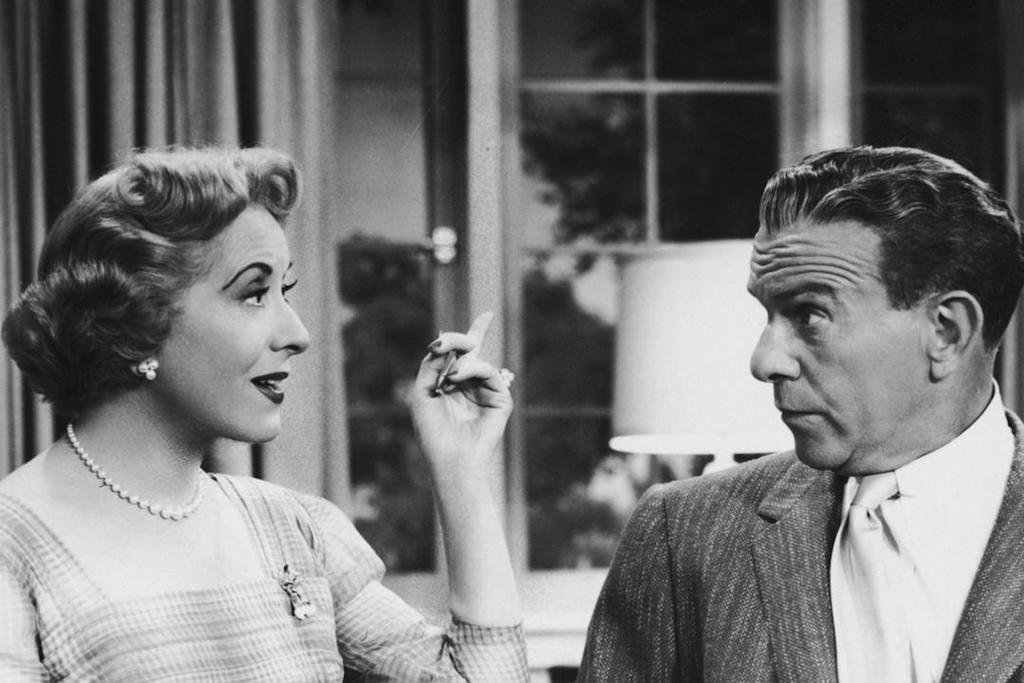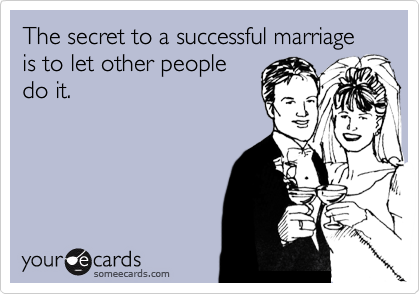Rewriting The Relationship ‘Rules’: Will We Ever Bust The Old Stereotypes?
What does a 'perfect' relationship look like today?


Undressed puts two strangers in a room, asks them to undress each other and then poses challenging, intimate questions to discover if they’re a match.
Human relationships have been defined by stereotypes since the beginning of time. From the moment Adam donated a rib to create Eve, and she used her ‘womanly wiles’ to seduce him to eat an apple, relationships have been constructed on a foundation of assumptions and biological fallacies.
The assumptions range from the idea that our relationships are best served through heterosexual monogamy, through to the notion that a man’s role is as protector/provider and a woman’s is nurturer/unpaid house servant. Then it’s just an endless spiral of stereotypical bullshit, with a list of forbidden loves that is plentiful in its absurdity. Over the course of time, societies all over the world have variously forbidden: interracial relationships, homosexuality, bisexuality, polyamory, open relationships, and much more. (Oddly, despite this list of aberrations, child marriages, bride burnings and marital rape remained largely unquestioned for centuries. Go figure.)
Yet, the supposed impact of the above relationship types on society is difficult to pinpoint. If I, an Australian-Indian woman, choose to be with my British-Australian partner instead of someone from the same race as me, how does that impact anyone else? It doesn’t. Nor do two men loving each other, two women loving each other, two non-gender identifying people loving each other, or a group of people loving each other without relationship labels attached.
However, society at large has continued to force relationship stereotypes as a social code of conduct for eons. These ‘rules’ have only recently begun to crumble, and it’s a change I, for one, am glad of. But where did they come from in the first place? And how quickly will they be eradicated?
Physical ‘Compatibility’ Vs. The Actually Important Stuff
Relationship compatibility is like the holy grail, in that it’s universally yearned for and also a total figment of our imagination. That’s mostly because what we define as ‘compatibility’ and what true compatibility looks like is inherently misaligned.
The most commonly held definition of relationship compatibility is based on a series of physical traits, such as gender, age, race and appearance, which are thought to be crucial factors to consider when choosing a partner. In real life, though, those superficial facts have little bearing on whether a relationship actually works. It’s intellectual and moral compatibility that most often influences our romantic happiness.
As a result of our useless quest for physical compatibility, though, we have created a bizarre and illogical list of relationship ‘rules’, which many of us continue to adhere to. If you’d like some proof that this doesn’t work, have a chat to one of the many LGBTQI+ people who’ve stayed in unhappy hetero relationships just because they better align with society’s expectations.
Times, They Are A-Changin
Thankfully, the rule of heterosexual monogamy is in decline. Over the past several decades, we’ve seen the western world (very slowly) entering a new era for relationships and romance.

Marriage just isn’t for everyone, anymore.
There’s a greater awareness and acceptance of LGBTQI+ people, and marriage equality has been legalised in the majority of the west (not Australia, but we live in hope). Thankfully, the harmful myth that assumes heterosexual couples are somehow more moral and better for society as a whole has been mostly busted. The 2011 Australian Census even found that same-sex couples were more likely to have tertiary educations, have higher levels of workforce participation and share household labour more equally than opposite-sex couples. There is nothing superior about heterosexuality.
The taboos surrounding interracial relationships are also dwindling — we’re now a far cry from the days when one could be jailed for marrying someone with different skin colour, and our screens reflect this change with interracial couples featuring more frequently in movies and TV shows. Polyamory is also slowly beginning to be understood more widely, and the concept of being with one person of the opposite sex until death do you part is fading slowly into the background.
Personally, my favourite change to the dating world in the 21st century is the shift of power balance in the way relationships are now formed. With online dating and apps like Tinder, women no longer need to awkwardly hover at bars waiting for some guy to hit on them, and a healthy sexual appetite. Of course, there are many articulate feminists who have pointed out the still rampant sexism in the world of online dating. But it’s nice to be able to block and delete assholes using our phones, instead of having to physically be in their presence to figure out if they have half a brain, before finding a reasonable excuse to leave.
After all this, the end goal of a relationship is not necessarily marriage either. It’s fine to look for something short-term. It’s fine to commit on your own terms you’ve negotiated. Ultimately we’re just seeking happiness through our relationships – and it doesn’t matter what the end result of that quest looks like.
The relationship utopia, a land free from judgement and discrimination, is still far in the distance, but our slow move as a society towards inclusive and diverse love is a step in the right direction. A world where people are free to love whomever they please (as long as that person consents!) is not unimaginable any longer.

Holding out hope that equality comes soon. Photo: Martin Ollman/Supplied
–
Undressed is a relationship experiment with a difference: what happens when you put two strangers in a room, dressed down to their underwear and ask them intimate, challenging questions about who they are? Undressed premieres this Monday the 16th of January at 9:30pm AEST on SBS or Watch Now on SBS on Demand.
–
Lead image: Sony Pictures Television